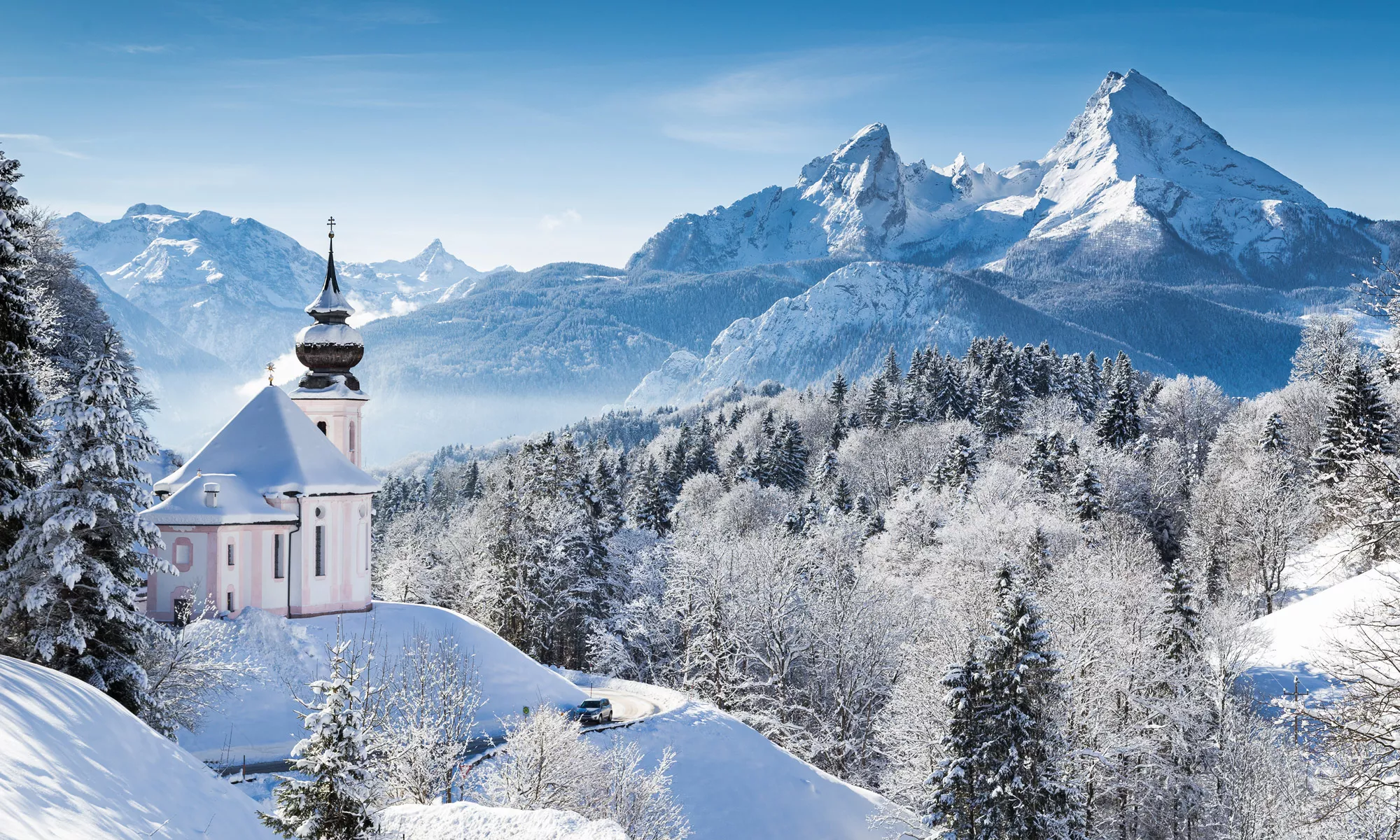It’s not long after the last leaves fall from the trees that cabin fever starts to set in. Many travelers save their vacation time for summer trips. However, almost a quarter of American travelers choose winter travel over summer vacations. They opt for wintertime trips to enjoy destinations with fewer tourists and escape the cold. If you’re thinking about enjoying these benefits while fending off the cabin fever with an exciting getaway, try one of these winter travel trends.
1. Off-Peak Destinations
Off-peak travel has lots of perks, no matter what season you plan to travel during. Winter is the busiest time of year at destinations like ski towns and beach resorts, especially in easily accessible destinations such as the Caribbean. For other popular destinations, winter is the offseason. In many cities across the US and Europe, opting for a winter getaway means fewer crowds, affordable accommodations, and a more authentic experience. Enjoy large cities, like Paris, London, or Venice, without summer crowds. Or, visit destinations with unique cold-weather activities, including the Northern Lights.
2. All-Inclusive Resorts
When travelers think of all-inclusive resorts, oceanfront hotels in tropical destinations often come to mind. This type of all-inclusive may be a welcome break from the hustle and bustle of winter holidays as well as cold weather.
If you’re looking for a winter vacation that offers the convenience of an all-inclusive resort combined with the adrenaline rush of winter sports, consider a ski resort. During the winter, a cozy, lodge-like all-inclusive in a chilly destination can also make for a relaxing getaway. Think fireplaces, wood-lined rooms, wool blankets, and saunas paired with ice skating, ice fishing, snowshoeing, and skiing!
3. Travel Agents
One reason travelers hesitate to enjoy winter travel trends is the potential impact of hazardous weather conditions. Working with an experienced travel agent can make rescheduling or rearranging your itinerary less stressful in the event that winter weather does affect your plans. Travel agents can also help you navigate holiday crowds, find off-peak destinations, and recommend travel insurance.
4. Domestic Travel
Squeezing a lengthy trip into a winter break from school or work can be a challenge. Instead, opt for a shorter vacation closer to home and enjoy domestic destinations. This winter travel trend is part of a larger trend, dubbed micro-cations or micro escapes, toward multiple shorter trips each year rather than one extended vacation to a faraway location. You can still find everything from sunny beaches to sub-zero hiking without leaving the US. A winter vacation may even be a great time to check out a national park without summer crowds.
5. Winter Festivals
Exciting festivals are held in incredible places year-round, and winter is no exception. Holiday celebrations and winter festivals are often located in picturesque ski towns surrounded by snowcapped mountains and cities known for their innovative approaches to surviving the cold. Planning your trip around festivities like Aspen’s Winterskol or Prague’s Christmas markets adds charm and entertainment to already beautiful winter destinations.
6. Family Vacations
For many families, school breaks are already filled with holiday visits to faraway relatives. Use these destinations as a starting point for a winter vacation. Multigenerational travel, a growing vacation trend, may be more easily accessible this time of year, either added on to existing holiday plans or in lieu of traditional celebrations.
7. Multi-Destination Trips
If you truly can’t decide whether you’d rather spend your winter vacation soaking up the sun or skiing down the slopes, this trend is for you. Travel + Leisure reports that “fire and ice” trips are more popular than ever. Instead of choosing a single destination—and climate—travelers are looking for itineraries that include a few days at the beach paired with time in the mountains. California, New Zealand, and Argentina all offer warm and cold weather activities within just a few hours of one another.


